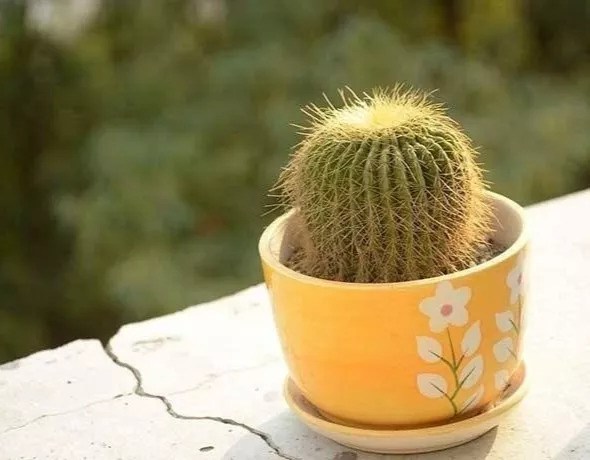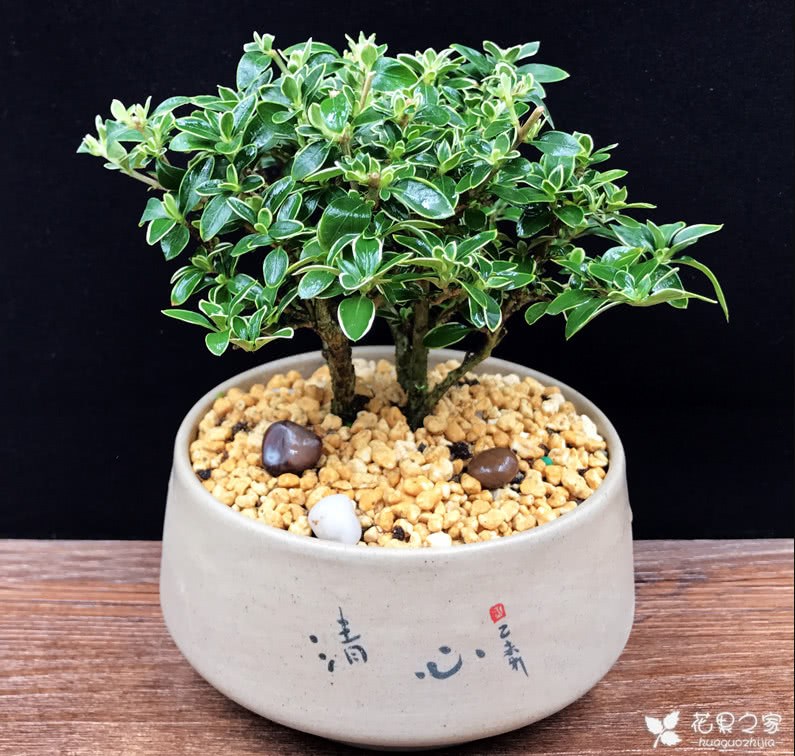Peach Taro saw the Chihuahua here and couldn't tell it clearly.

Some people say that Taotaro is a Chihuahua.
In the end WHY
Because they are all succulent plants.
How similar they are, here.
In fact, these are two varieties, indeed they both look very similar, not only you will be confused, I am also!
In fact, the leaf tip of the Chihuahua is sharper, while the leaf of Taotaro looks thicker. Some flower friends say that the leaves of Chihuahua look tighter than Taotaro. Chihuahua's leaf tip is red, the leaf edge will not be red, and if Taotaro has enough light, the whole leaf may turn red.
Chihuahua is a succulent plant of the family crassulaceae, which is used to be called Chihuahua. Because the plant is beautiful, the leaf tip is red and has the charm of drunken imperial concubine, and it is also called Yang Guifei. Chihuahua, the plant type is small, the leaves are closely arranged in the shape of a very standard rosette, the leaves are ovate and slightly enclosed, with a small tip, which is often red.
Taketaro is a succulent plant of the genus Cerambycidae, which was successfully cultivated by the Japanese horticulturist Shoichi Kithori in 1990. This variety is selected after crossing between Ghost Jian Cheng (a variety of red shrimp, basically no thorns or densely covered with short thorns) and Meihuajiao. The flowers come in three colors and are more than 5cm in diameter. Peach Taro is a very successful hybrid variety. The thorn seat is smoother than Ghost seeing City. It is a rare thornless variety in cactus, and the flowers are more colorful.
Maintenance guide
Light
Peach Taro likes the sunny, cool and dry growth environment, drought-resistant, not cold-resistant. If the summer high temperature reaches 35 or so, you should properly shade and control the water, and you can use an umbrella to control the water. The growing season can be full-day sunshine, lack of light will appear the phenomenon of overgrowth, and can be planted in places with strong indoor sunshine in winter.
Watering
Keep the basin soil moist during the growing period, but it is best not to touch the leaves when watering and fertilizing. Flower friends who have just come into contact with peach taro can be watered according to the principle of "no dry, no watering, watering thoroughly". Watering is usually chosen in the evening after sunset or in the evening.
Basin soil
Peach Taro does not have high requirements for soil, as long as it is loose and breathable. It can generally be cultivated with peat or coconut bran + perlite at 1:1.
Reproduction
The reproduction of peach taro is usually leaf cuttings or ramets.
For the two of them who are very similar, you have to make a careful distinction.
- Prev

Some reminders about the maintenance of flowers and plants in autumn
After the End of Heat, the weather will really get cooler. At the point of temperature change, flowers and plants need to rely on the considerate care of their owners if they want to survive safely. Potted flowers can be regarded as flowers in the greenhouse, autumn conservation, ladies and gentlemen.
- Next

The breeding method of June snow is easy to raise and beautiful with these four small methods.
June snow is a high ornamental value of flowers and plants, June snow Phnom Penh green leaves, give people a kind of refreshing feeling, especially when it blossoms in June, such as snow, hot summer snow all over the sky, it is peaceful and comfortable, today.
Related
- Wuhan Hospital Iron Tree Blooming Result Was Instantly Frightened by the Gardener Master
- Which variety of camellia is the most fragrant and best? Which one do you like best?
- What is the small blue coat, the breeding methods and matters needing attention of the succulent plant
- Dormancy time and maintenance management of succulent plants during dormancy
- Minas succulent how to raise, Minas succulent plant pictures
- What are the varieties of winter succulent plants
- How to raise succulent plants in twelve rolls? let's take a look at some experience of breeding twelve rolls.
- Attention should be paid to water control for succulent plants during dormant period (winter and summer)
- Watering experience of twelve rolls of succulent plants
- Techniques for fertilizing succulent plants. An article will let you know how to fertilize succulent plants.

